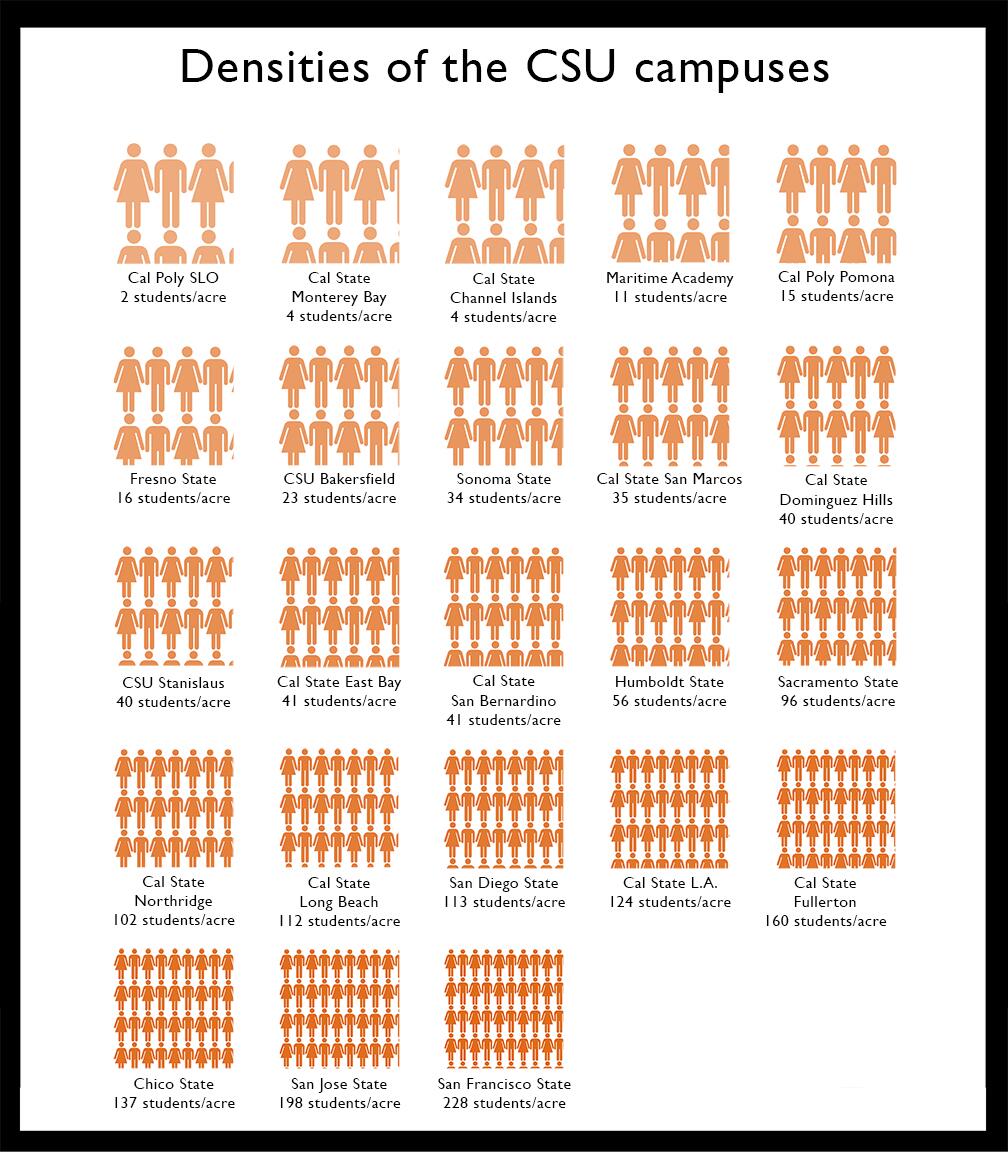Quantities
When we use mathematics to model the physical world, we need additional tools to represent physical quantities. A number only gives a magnitude. When we combine that number with a unit (length, mass) it becomes a quantity that can represent something physical.
Dimensions, units, quantities
- A quantity represents a physical measurement like mass, length or amount of energy
- We represent a quantity with a number and a unit
- The dimension of a quantity is different than the unit
- For example 1 inch is the same as 2.54 centimeters even though 1 and 2.54 are not the same number
Physical Quantities
- Our numbers are often helping us represent physical quantities
- Examples:
- The length of a tree
- The number of animals observed
- The number of molecules of mercury in a fish
- A physical quantity is expressed as the product of a unit and a numerical factor
Dimensions
- These physical quantities often have a dimension
- Examples:
- Length
- Time
- Mass
In our estimations, we may have quantities that are not in fundamental units such as length or time. For example, we may be counting a population of animals, or the number of power plants needed.
Units
- To quantify dimensions, we use units
- One dimension may have multiple units
- Length: inches, miles, kilometers, light-years
- Mass: grams, pounds, kilograms
- There are also systems of units like SI or English
Measurement
- Each measurement we make is an estimation of the physical quantity
Consequences
- NASA Mars Climate Orbiter destroyed because of newton vs pounds of force link
- Metric Conversion Jet Fuel
Adding and Subtracting
6 meters plus 170 pounds has no meaning since these are different dimensions.
You can add 5 feet and 3 meters if you convert to same unit first.
Multiplying and Dividing
5 feet multiplied by 10 pounds could have meaning even though these are different dimensions. (In this case if we have a 5 feet lever with 10 pounds of force at the end, that is 50 foot-pounds of torque.)
Multiplying with Quantities
- Multiplying a length by a number gives a length
- 1 meter times 10 equals 10 meters
- 1 stride times 10 strides equals 10 strides
- Multiplying a length by a length gives an area
- 1 foot times 1 foot equals 1 square foot
2 \cdot 2 = 2^2 a \cdot a = a^2
\textrm{inch} \cdot \textrm{inch} = \textrm{inch}^2
Dividing with Quantities
\frac{2\cdot 4}{4 \cdot 5} = \frac{2}{5} \frac{a\cdot b}{b \cdot c} = \frac{a}{c} \frac{\textrm{meter}\cdot \textrm{foot}}{\textrm{foot} \cdot \textrm{pound}} = \frac{\textrm{meter}}{\textrm{pound}}
Length by Number
When we divide a length by a number we use partition.
Quotition is meaningless since length and number are different dimensions.

Length by Length
When we divide a length by a length we use quotition, subtracting the length repeatedly.

Two units in the denominator
- Births per capita per year
- Hours per week per unit
Proportional Reasoning
- You have a mass m of water and you see that when you add E joules of energy the temperature raises by T degrees. How much do you expect the water to raise if you add twice as much energy? Can you write this as a unit conversion?
- You have a population of P people and they give birth to B babies over the course of a year. How many people do you expect them to give birth to over two years? How many births in a year do you expect if you have 2 million people?
- It is widely assumed that students will spend 3 hours each week for every unit of credit they are taking in college. How many hours a week do you need to spend for a two unit class? How many hours do you need to spend over two weeks for a one-unit class?
Combinations of units
- We often combine units to express new quantities
Student density
- Students per acre
- Number per area
- Spans two orders of magnitude
Example: Units of students per acre
